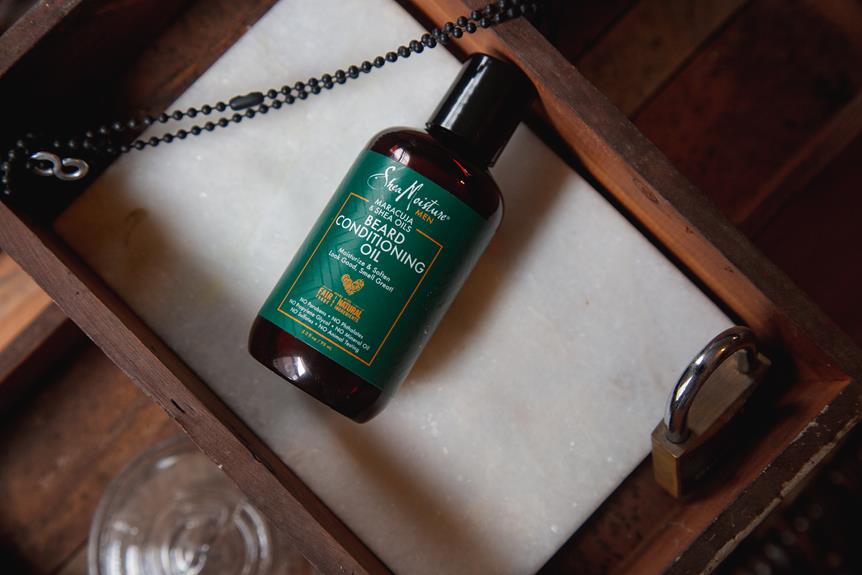What Is Vaginismus and How to Overcome It

Imagine a barrier preventing individuals from fully experiencing their intimate relationships. A condition known as vaginismus, it shrouds the physical act of intercourse with pain and discomfort, leaving those affected feeling isolated and frustrated.
In this article, we will delve into the causes and symptoms of vaginismus, explore the psychological aspects surrounding it, and provide practical strategies and techniques to overcome this condition.
Together, we will shed light on this sensitive topic and empower those seeking a solution.
Key Takeaways
- Vaginismus is a condition characterized by involuntary muscle contractions in the vaginal area.
- Vaginismus can be caused by psychological factors, such as fear and anxiety, as well as physical factors like infections and hormonal imbalances.
- Treatment options for vaginismus include alternative therapies like pelvic floor physical therapy, cognitive-behavioral therapy, and hypnotherapy, as well as medication.
- Overcoming vaginismus requires a combination of self-help methods, professional therapy, patience, and perseverance.
Understanding Vaginismus: Causes and Symptoms
The primary focus of this discussion is to gain a comprehensive understanding of the causes and symptoms of vaginismus, a condition characterized by involuntary muscle contractions in the vaginal area that can lead to pain and discomfort during penetration.
Vaginismus awareness is essential to ensure that individuals experiencing this condition seek medical help promptly.
There are several factors that can contribute to the development of vaginismus, including psychological causes such as fear, anxiety, or past traumatic experiences. Additionally, physical factors such as infections, hormonal imbalances, or certain medical conditions can also play a role.
Common symptoms of vaginismus include pain or burning during intercourse, difficulty inserting tampons or undergoing pelvic exams, and overall discomfort in the vaginal area.
It is crucial for individuals experiencing these symptoms to seek medical help to receive an accurate diagnosis and appropriate treatment options.
The Psychological Aspect of Vaginismus
Understanding the psychological aspect of vaginismus requires exploring the underlying emotional factors and their impact on the development and management of this condition. Vaginismus is a complex condition characterized by involuntary muscle contractions in the pelvic floor, leading to pain and discomfort during attempted vaginal penetration. These physical symptoms are often intertwined with emotional and psychological factors.
The emotional impact of vaginismus can be significant, causing feelings of shame, guilt, and inadequacy. It can also strain relationships, as sexual intimacy becomes challenging or impossible. Relationship dynamics may be affected, with partners feeling frustrated, rejected, or confused.
It is crucial to address these emotional aspects alongside physical treatment to ensure comprehensive and effective management of vaginismus. By providing a supportive and understanding environment, healthcare professionals can help individuals navigate their emotional journey and develop strategies to overcome these challenges.
Exploring Treatment Options for Vaginismus
When considering treatment options for vaginismus, healthcare professionals must thoroughly explore various approaches and evaluate their effectiveness.
Alternative therapies for vaginismus can be a potential option for individuals who prefer non-invasive treatments or have not found success with traditional methods. These therapies may include pelvic floor physical therapy, cognitive-behavioral therapy, and hypnotherapy.
Pelvic floor physical therapy focuses on strengthening the muscles in the pelvic region to improve control and relaxation.
Cognitive-behavioral therapy aims to address the negative thoughts and emotions associated with vaginismus, helping individuals develop healthier coping mechanisms.
Hypnotherapy utilizes relaxation techniques and suggestions to reprogram the subconscious mind, potentially reducing anxiety and facilitating penetration.
In addition to alternative therapies, the role of medication in treating vaginismus should also be considered. Certain medications, such as muscle relaxants or topical anesthetics, may be prescribed to help alleviate pain and discomfort during intercourse.
It is important for healthcare professionals to have open discussions with patients, taking into account their preferences and needs, in order to determine the most suitable treatment approach for vaginismus.
Overcoming Vaginismus: Practical Strategies and Techniques
One effective strategy for overcoming vaginismus is utilizing a step-by-step approach, gradually increasing the size of dilators or other penetrative objects to help desensitize the vaginal muscles. This method, known as self-help, allows individuals to take control of their treatment and progress at their own pace.
Self-help methods can be complemented by professional therapy, where specialized therapists provide guidance and support. Professional therapy can help individuals understand the root causes of vaginismus and develop coping mechanisms to manage anxiety and pain.
It is important to remember that overcoming vaginismus is a journey that requires patience and perseverance. By combining self-help methods with professional therapy, individuals can optimize their chances of success in treating vaginismus.
Supporting your partner through vaginismus requires empathy, open communication, and a willingness to educate yourself about the condition.
Supporting Your Partner Through Vaginismus
To effectively support your partner through vaginismus, actively listen to their concerns and provide emotional reassurance.
Vaginismus is a condition characterized by involuntary muscle spasms in the vaginal area, making penetration painful or impossible. It can have a significant impact on both partners’ emotional well-being and intimate relationship.
One way to offer support is by encouraging your partner to join support groups specifically tailored for individuals dealing with vaginismus. These groups provide a safe space for sharing experiences, gaining insights, and finding encouragement.
Additionally, communication strategies play a crucial role in supporting your partner. Open and honest conversations about their feelings, fears, and needs can foster understanding and strengthen the bond between partners. It is important to approach these discussions with empathy, patience, and a willingness to learn.
Frequently Asked Questions
Can Vaginismus Be Cured With Medication Alone?
Vaginismus medication alone may not be sufficient to cure the condition. While medication can help manage symptoms, combining therapy with medication offers greater effectiveness and benefits for overcoming vaginismus by addressing the underlying psychological and physical factors.
Are There Any Alternative Treatments for Vaginismus?
Holistic approaches, such as physical therapy, can be alternative treatments for vaginismus. These methods focus on treating the whole person, addressing physical, emotional, and psychological aspects, in order to overcome this condition.
How Long Does It Usually Take to Overcome Vaginismus?
The time it takes to overcome vaginismus varies for each individual, as it depends on factors such as the severity of the condition, personal motivation, access to resources, and support networks. Success stories and support networks can provide valuable guidance and encouragement throughout the journey.
Can Vaginismus Be Passed on Through Genetics?
Genetic factors play a role in the development of vaginismus, a condition characterized by involuntary muscle spasms of the vaginal wall. Understanding the causes of vaginismus can help individuals seek appropriate support and treatment options.
Is It Common for Vaginismus to Recur After Successful Treatment?
Vaginismus recurrence is a challenging post-treatment issue that some individuals may experience. Despite successful treatment, it is not uncommon for vaginismus to resurface, requiring ongoing support and interventions to overcome the condition.








